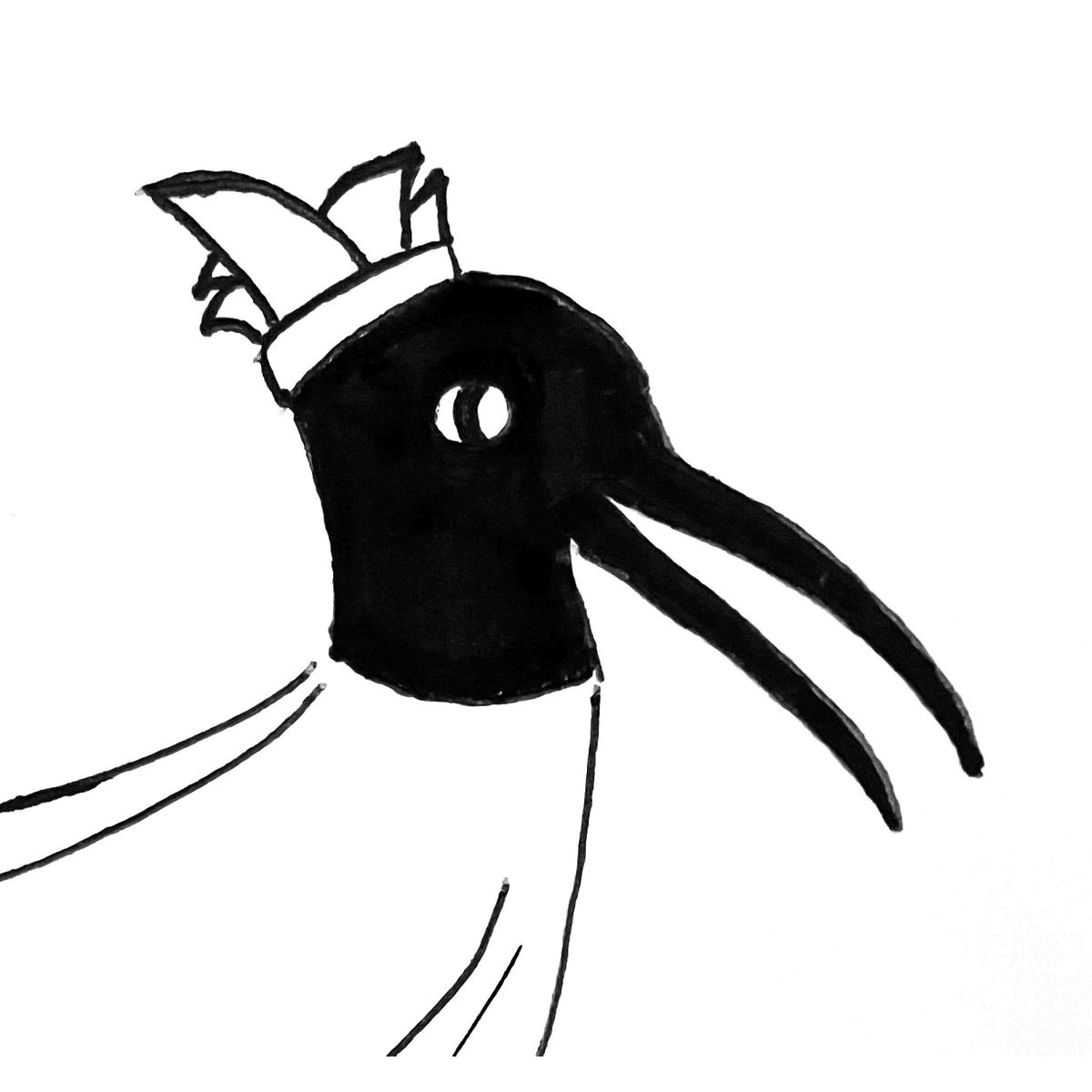Where culinary principles match perfectly.
It is somewhat anomalous that a snack synonymous with Vietnamese food in Australia relies so heavily on the French components: bread and pâté, which by themselves deliver a time-tested campagne or ‘countryside’ snack. French influence and the horrors of colonialism in Vietnam have simmered and shattered violently since before Napoleon. Despite such events, one thing did occur - a premier European cuisine started to meld with a premier Asian cuisine. These were cuisines that were well suited, both focusing on simplicity, utilising the freshest ingredients, and showcasing natural flavours. The quotidian bánh mì exemplifies these shared culinary principles.

Embrittled radish, ocherous carrot, viridescent cucumber and spring onion, the protein of your choice alongside dashes of fresh chilli and coriander. Stowing the mayonnaise, fish sauce, and other cursory ingredients to one side, we are simply left with the bread and the pâté.
"Whilst warmth in bread connotes freshness, it delivers aroma"
It is these two components that can make or break your bánh mì. Why? - they are the two items that are artisanally made, and combined they become the literal and figurative vehicle for your meal.
‘Hot Bread’. You’ve seen the sign, but does it ring true? Whilst warmth in bread connotes freshness, it delivers aroma. A sweet nuttiness envelopes as the pâté and ingredients inside loosen to deliver a volatility of flavour and scent that enhances the eating experience. Such an experience can have two sides however, just like Janus. Obtaining the wonders of fresh bread belies the fact that it often exhibits a much sharper crust. It is an unfortunate relationship that is directly proportional, and sadly, the crust can break your bánh mì experience. If it is too sharp and on first-bite fractures like struck laminated glass, a lap full of crumbs results alongside surplus blades to lacerate the roof of your mouth. Deliberate and painful chew after deliberate and painful chew. The quest therefore is to find that balance, a bread roll that is fresh, yet magically crafted to reduce brittleness in its crust.
"A poor Bánh mì is one which doesn't feature the pâté, you can’t taste it, you can’t see it."
On becoming this knight-errant, the next thing your senses seek is the rich umami-laden pâté. An economical and saporous construction that gives dimension within this simple snack. Vietnamese food philosophy often explores with fives, five tastes, nutrients, and colours. The result being fare that is colourful, nutritious, appetising, and expertly balanced. With a number of cooling ingredients, the pâté brings warming properties that ground the bánh mì. The pâté also brings forth the colour black, with white, green, yellow, and red already covered. A poor bánh mì is one which doesn’t feature the pâté, you can’t taste it, you can’t see it. Too much pâté however, and a fractious member comes forth, spoiling the repast for everyone.
Balance is lost.
Ibis Tip: If you have a favourite bánh mì store, you can often ask to purchase a tub of their pâté. Take home, spread on some sourdough, and enjoy with a glass of riesling.
Ibis Tip: Follow us on instagram to find out which bánh mì stores can deliver you warm bread (and when), alongside the best stores that make first-rate homemade pâtés to rival any Michelin-starred restaurant in France.

Comments